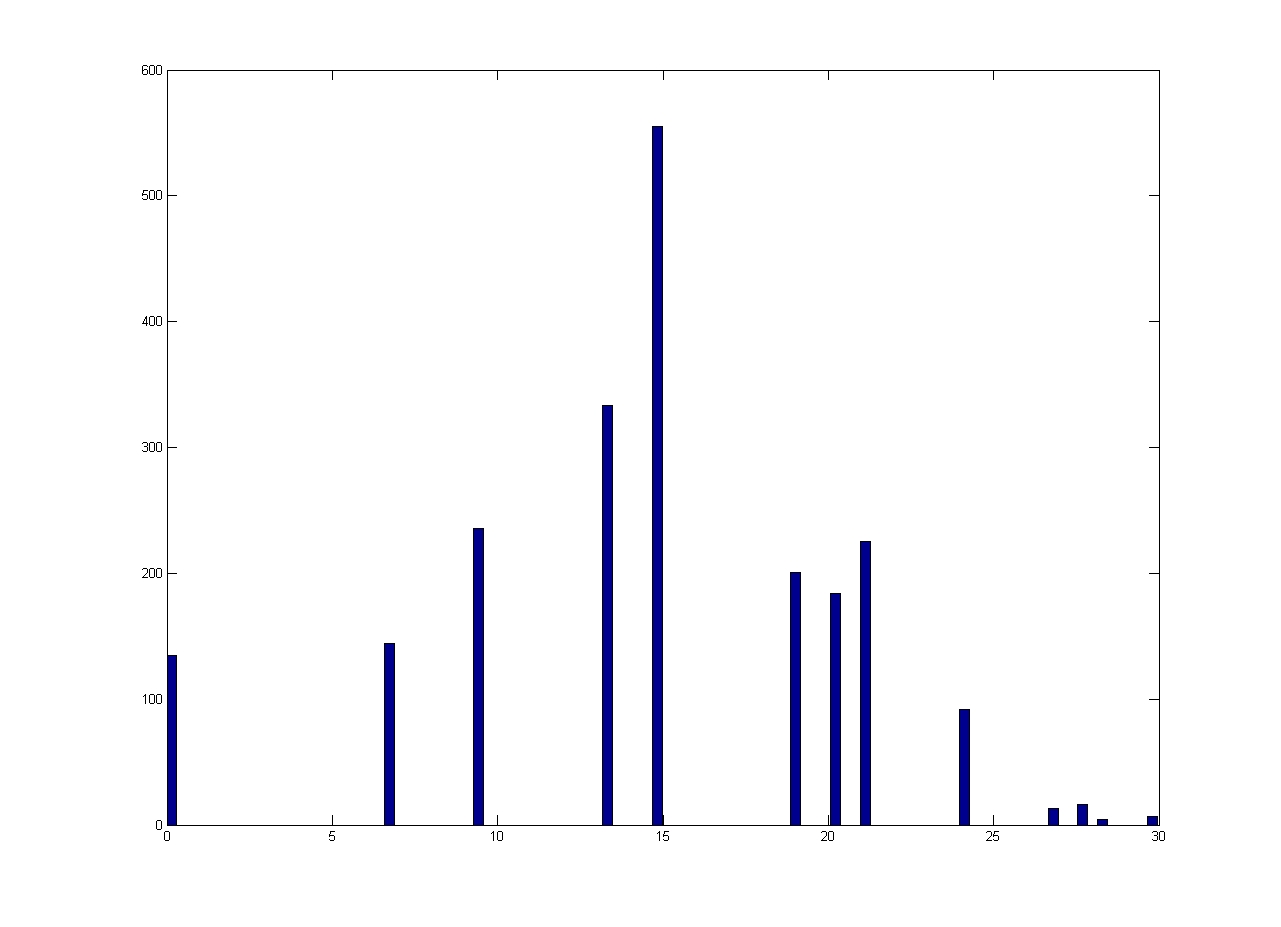Imperial College/11 September 2008
From 2008.igem.org
(Difference between revisions)
(→Dry Lab) |
(→Dry Lab) |
||
| Line 2: | Line 2: | ||
==Dry Lab== | ==Dry Lab== | ||
| - | [[Image:Velocity_Distribution.jpg|thumb| | + | [[Image:Velocity_Distribution.jpg|thumb|200px|right|Histogram of Velocity]] |
*Tracked 23 cells (most were just running) | *Tracked 23 cells (most were just running) | ||
*The figure below shows the velocity (per frame) distribution of cells. | *The figure below shows the velocity (per frame) distribution of cells. | ||
Revision as of 19:09, 11 September 2008
Dry Lab
|
 "
"

